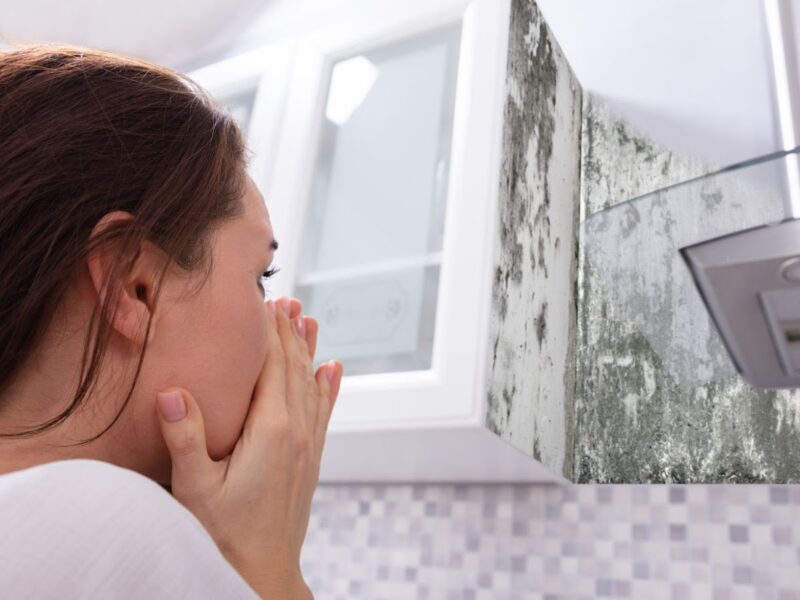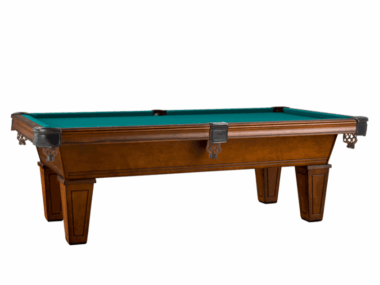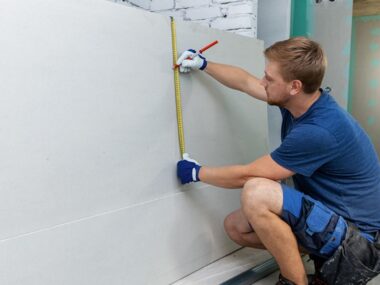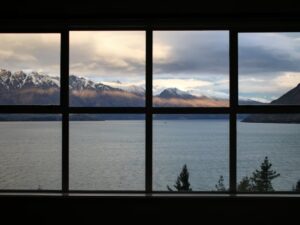Mold is a type of fungi that grows in damp, humid environments. It is often found in homes and buildings that have poor ventilation or moisture problems. Mold can cause a variety of health problems, including allergies, respiratory infections, and skin rashes.
What Does Mold Look Like
Mold can come in many different colors, including black, white, green, and brown. It can be fuzzy, slimy, or powdery. Mold often looks like stains or smears on walls, floors, ceilings, or furniture.Mold growth is often accompanied by musty odors.
How Does Mold Grow
Mold reproduces by releasing spores into the air. These spores are invisible to the naked eye and can travel long distances. When they settle on a surface that is damp and humid, they begin to grow.
What Causes Mold Growth
Mold needs three things to grow: oxygen, moisture, and a food source. The most common food sources for mold are cellulose-based materials, such as wood, paper, and cloth.Oxygen and moisture are present in most indoor environments. However, mold growth can be prevented by controlling the level of moisture in the air. This can be done by reducing humidity levels with dehumidifiers or air conditioners, fixing leaks, and ventilating damp areas.
How Does Mold Affect My Health
Mold can cause a variety of health problems, including allergies, respiratory infections, and skin rashes.People with mold allergies may have symptoms such as sneezing, runny nose, itchy eyes, and coughing. Mold can also trigger asthma attacks in people who are allergic to it.Respiratory infections, such as bronchitis and pneumonia, can occur when people breathe in mold spores. These infections are more common in young children, the elderly, and people with weakened immune systems.Skin rashes, such as athlete’s foot, can also be caused by mold.
What Does Mold Look Like on Wood
Mold often looks like stains or smears on wood surfaces. It can be black, white, green, or brown. Mold may also cause the wood to warp or rot.
How Does Mold Affect My Property
Mold growth can damage your property and make it difficult to sell. Mold can also cause structural problems, such as weakening beams and supports. If you have mold in your home, you should have it removed by a local professional mold removal company, such as Cleveland’s, Mold and Air Duct Pros.
How Can I Prevent Mold Growth
The best way to prevent mold growth is to control the level of moisture in your home. This can be done by reducing humidity levels with dehumidifiers or air conditioners, fixing leaks, and ventilating damp areas. You should also clean up any mold that you see as soon as possible.
Cleaning Up Mold
You should always wear gloves and a respirator when cleaning up mold.Mold can be cleaned with a variety of household cleaners, including bleach, vinegar, and soap.You should also fix any leaks or other moisture problems in your home to prevent mold from growing back.If you have a lot of mold, or if the mold is growing in a hard-to-reach area, you may need to hire a professional mold remediation company.
The Difference Between Mould and Mildew
Mould and mildew are both types of fungi. Mould is a type of fungi that grows in damp, humid environments. Mildew is a type of fungi that grows in warm, moist environments.Mold can come in many different colors, including black, white, green, and brown. It can be fuzzy, slimy, or powdery. Mold often looks like stains or smears on walls, floors, ceilings, or furniture.Mildew is usually white or gray and has a powdery texture. It can also be black, brown, or pink. Mildew often looks like stains or smears on walls, floors, ceilings, or furniture.Mould and mildew can both cause health problems, such as allergies, respiratory infections, and skin rashes.You can prevent mold and mildew growth by controlling the level of moisture in your home.











